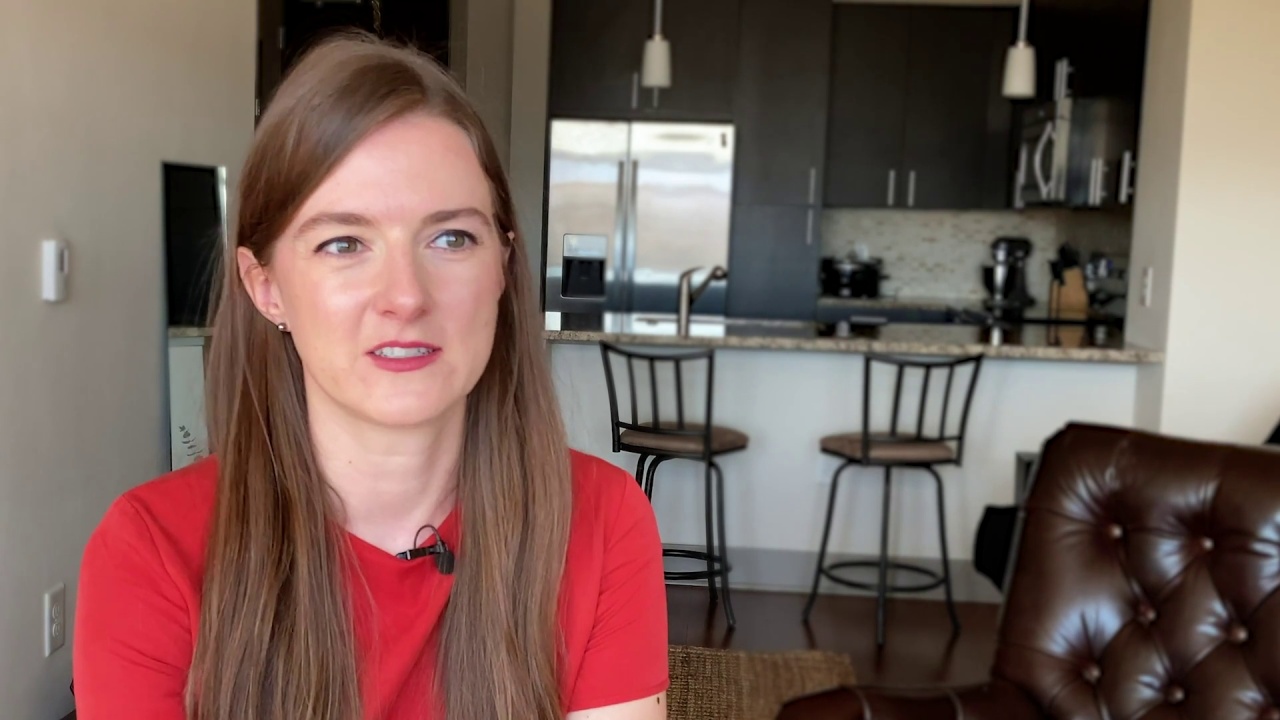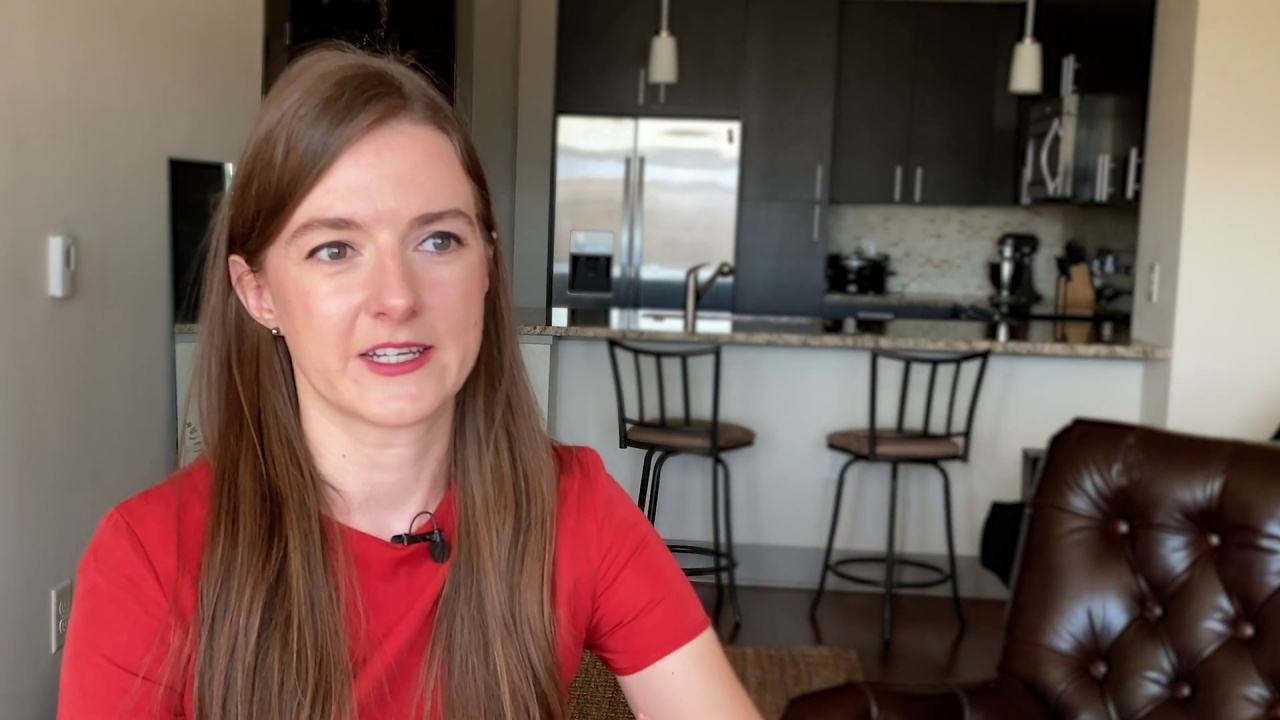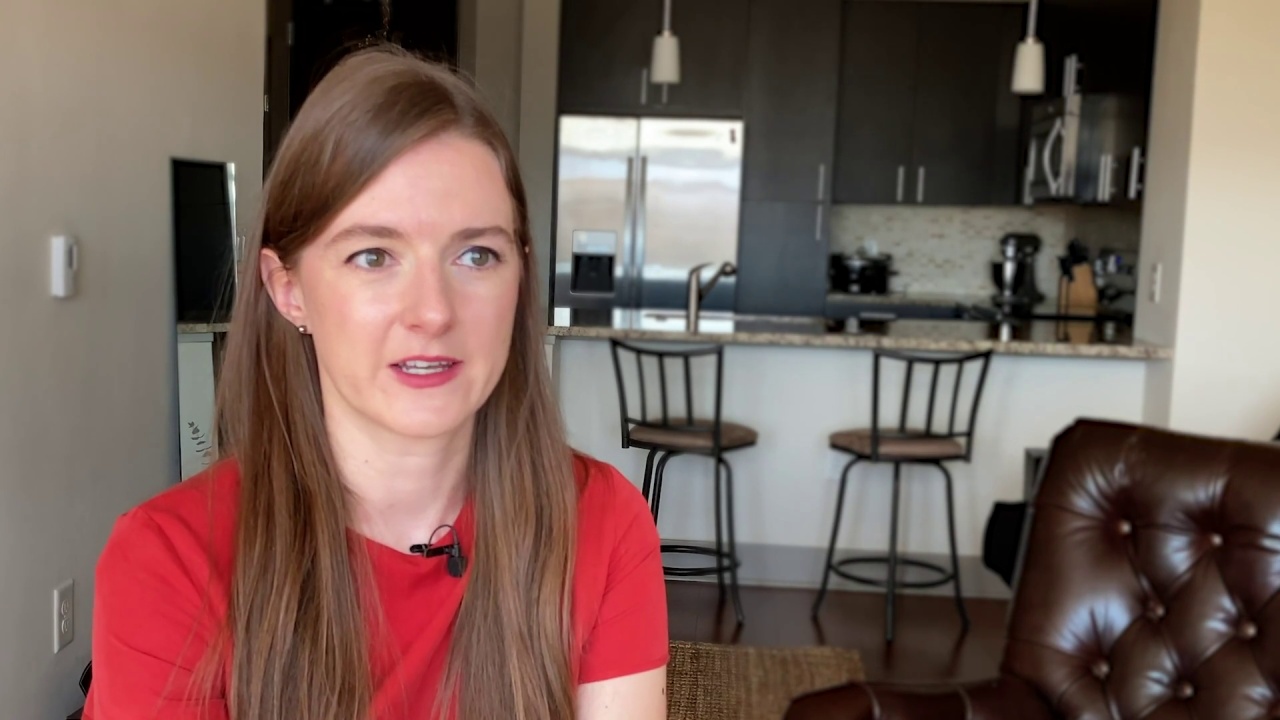Integrating Dynamo and Revit into a design workflow provides a powerful new tool for architects and designers in optimizing a design where modular and repeatable elements dominate while still freely exploring the aesthetics. By nature, curtain wall designs are prone to the rigor of modularity and repeatability. Dynamo allows for the exploration of various façade iterations using multiple variables, in order to explore multiple glass types and mullion snap covers, on a sloped curtain wall before integrating into the rigor of design that Revit demands.
This frees architects and designers to imagine, generate, and document iterations and variations in a more design-oriented atmosphere with faster turnaround to clients. This article will discuss a Dynamo and Revit workflow developed for the Portland International Airport Concourse E façade and the process of optimizing building design elements, as well as the building energy performance, by touching on material properties and their impact on design.
Autodesk Revit has positioned itself as the dominant documentation tool in the AEC industry. Part of that domination derives from the development of digital design, enabling tools such as Dynamo to provide design teams with opportunities to more easily explore complex multiparameter-driven solutions through the power of automation. Dynamo also acts as an interoperability tool between external design platforms.
Ana-Maria Drughi explains how Dynamo was used as an interoperability tool to transfer data between different design platforms.
Design Inspiration and Local Influence
The Concourse E Extension at Portland International Airport (PDX) aims to create an iconic experience for travelers by taking inspiration from the human scale of the urban fabric of downtown Portland and the lush Pacific Northwest landscape, such as the filtered light found at the forest’s edge (Figure 1).

From the exterior, the biophilic form of the sloping façade, which morphs into the roof, was inspired by Oregon’s canyons. The Concourse E Extension and the Port Headquarters building frame the entryway to the airport. The sloping south façade celebrates the forest edge by using a unique random pattern of different colored glass and different types of glazing joint treatments: butt glazed, conventional 1-inch-deep captured, and 8-inch-deep fin to simulate the richness of the regional landscape. This sloping wall creates a seamless connection between inside and outside, orienting passengers around the airport campus while highlighting the variety of light captured though the tree-lined screen of Portland’s forest edge (Figures 2 and 6).

Design Process and Façade Design
Philosophy
To achieve a design intent that would capture the diverse, organic, and random qualities of the region’s rich landscape, incorporating methodology through technology serves both efficiency and design thinking. Therefore, the designer is set free to explore possibilities without major investments in time as older methods would require.
Dynamo helped the team automate the process needed to realize the design intent of the curtain wall, as Ana-Maria Drughi explains.
One of the project’s goals for the façade was to create a design constituted of modular elements which are randomized to create an organic composition. This approach diverges from the typical curtain wall design, which is prone to the rigor of modularity and repeatability (Figure 3).

Tectonics
The Concourse E Extension is located in Portland, Oregon with an orientation of approximately 29 degrees West of true North. The building expands the airport by 850 feet, creating a front door to the airport with a predominantly southern orientation. The building structure is set on a 30-foot structural bay module with a 90-foot span, reaching 40 feet at the highest point and 12 feet at the lowest point. The façade along the south wall is 25 feet tall and it is the most visible part of the concourse to the general public, neighboring the approach to the terminal and also the main circulation inside the concourse (Figures 2, 4, and 6).

The façade along the airport entryway was envisioned as a continuous sloped wall, clad in a metal panel and curtain wall upon which the philosophy was applied (Figure 5). The predominantly southern orientation of the sloped facade required the addition of frit to the glass makeup. To achieve energy performance as well as the aesthetic of filtered light, the design team used different frit colors and different tinted glass substrates (Figure 6).


Kit of Parts
With a building as tectonically complex as the PDX Concourse E Extension, old methods of sketching 28 unique random bays would have taken a long time to investigate multiple design options. To facilitate rapid concept testing while allowing for the application of the philosophy, the methodology fosters a Kit of Parts to pull from, as known constructible elements (Figure 7).
The team developed the Kit of Parts by beginning with a conventional curtain wall layout. Mullions were spaced at 5 feet on center and centered in each of the bays. The panels were divided vertically using typical glass sizes: a 12-foot panel at the eye level and two 5-foot panels rising above. A secondary overlay grid, offset 2.5 feet from the mullions, was introduced in the middle four panels to add additional randomness capabilities to the design.

The design started with this basic grid as a framework. The team layered a variety of components (Kit of Parts) to create an organic rhythm on the façade, representing the natural variety found in a forest (Figure 8). The Kit of Parts, as noted above, consists of three glazing joint treatments: butt glazed, conventional 1-inch-deep snap cap, 8-inch-deep fins, and three glass types with different color frit and glass substrate. Rhino and Grasshopper were used to generate a parametric façade design tool that allowed the design team to explore multiple façade options quickly and graphically by conditionally driving the varying parts and pieces of the façade.

To start the script, we conceptualized a sample bay (Figure 7) and generated a set of rules, to keep the system constructible and modular while creating the random and organic feel of the Pacific Northwest’s forest (Figure 9). The developed rules are listed below:
1. Vertical glass dimensions set to 5-foot on center in each bay.
2. The secondary 2.5-foot grid can only occur in the 5-foot module (middle four panels).
3. The 8-inch-deep-fin and butt glazed joint can only occur on the primary 5-foot grid.
4. The edges would be butt glazed (façade is a glass box; the edge is a corner).
5. Glass colors can be randomized on the primary grid.


Documentation
The next step was to understand these options within the greater context of the building and environment, as well as through coordination with other trades inside Revit (Figure 10).
Simply importing the 3D model into Revit would have stripped the façade geometry of any intelligence. Additionally, manually rebuilding that intelligence in Revit would have been too time-consuming. With the design team generating and analyzing multiple solutions at lightning pace, documentation and coordination had to occur just as quickly. This was accomplished by:
1. Describing each façade element as a set of points within Grasshopper.
2. Syncing this point information (X, Y, and Z coordinates) to an Excel database.
3. Using Dynamo to pull from this database and instantiate Revit adaptive component families that are constructed based on points.
The façade can be understood through these parts and their respective point topology:
- Vision Panel Type 1 (G-04) – Four corner points
- Vision Panel Type 2 (G-05) – Four corner points
- Vision Panel Type 3 (G-06) – Four corner points
- Fin Type 1 (butt glazed) – Two end points
- Fin Type 2 (conventional 1-inch-deep snap cap) – Two end points
- Fin Type 3 (8-inch-deep fins) – Two end points
The generation of these points was automated for each facade element and synced to the database. Dynamo was then used to automate the reconstruction of the adaptive component families within Revit (Figures 11 and 12). Learn more.

This was accomplished by pulling the information into Dynamo directly from the database. Dynamo could then re-create the point geometry that was originally developed in Grasshopper. Prior to running the automation routine in Dynamo, the design team constructed adaptive family components built upon the logic of the point topology of each facade part (Figure 12). Dynamo was further used to restructure the incoming point data so that it could be understood by its respective family.
To generate native Revit geometry, adaptive component families were built for each element from the Kit of Parts: a fin family with a type for each of the joint treatments, as well as a panel family with types for each of the glass units. The geometry was then saved as its own Revit model, which was linked in the main model.

Each panel family type was assigned a material, which can be tagged. Similarly, each fin type family was assigned a type mark. Specific tag families were built and added in the curtain wall model, then displayed in the main model using a linked view (Figure 13).

Conclusion
Ana-Maria Drughi talks about the benefits of using technology to enhance architectural design.
Through the development of a philosophy that could be applied methodically, the use of technology became a conduit for efficiency and design thinking to realize a unique feature wall at PDX that is representative of the region’s rich landscape. This approach took a rigorous curtain wall design, governed by modularity and repeatability, and added an organic rhythm of pattern and color. Through this process the design team continuously updated the Revit model and its documentation elements without losing any intelligence or information in each façade element. It also provided a highly collaborative and iterative process within the design team to optimize an elegant, constructible, and coordinated solution. By using Dynamo as the crossover medium to transfer geometry from one software to another, the design team was able to deliver a highly complex design quickly and efficiently.
Ana-Maria Drughi is a licensed architect in United States, UK, and Romania, with 10 years of professional architectural experience. She is a project architect and associate with HKS. Previously, she has worked at Fentress Architects as an architectural designer, specializing in airport design. She has also participated in a variety of projects beyond aviation, including urban planning, museums and convention centers. Her educational background includes an Architecture Diploma from “Ion Mincu” University of Architecture and Urbanism in Romania and a Masters of Architecture from North Carolina State University College of Design. While at NC State, she was recognized with the Faculty Award for Design Achievement in the Masters of Architecture Program in Honor of the Emeritus Faculty of the Department. In 2020, she was recognized by AIA Colorado as one of the exceptional Women in Architecture.
Ron Shvartsman is a design technologist at Radius Track, a specialty fabrication company that develops custom curved framing solutions for the construction industry utilizing computational design, mass customization, and prefabrication strategies. He is directly involved on projects that require the design, fabrication, and assemblage of a multitude of unique parts to construct complex three-dimensional surfaces. The creation of custom tools utilizing computational design are implemented throughout the company to aid in DesignOps, business operations, and collaborations with AEC partners. He was previously design technologist at Fentress Architects where he worked to embed computational design approaches within design teams to enable more data-centric and optimized workflows. He has taught courses and workshops at various academic institutions and his current research utilizes computational design in development of data-driven workflows and automation protocols to enhance design, fabrication, and business operations. He holds a master’s degree in architecture from Montana State University and a master’s in architectural technology from the Southern California Institute of Architecture.




